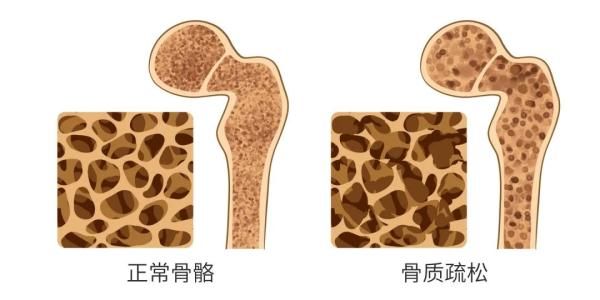Read this article
Core information for healthy bones
01
Understand osteoporosis

Osteoporosis is the most common systemic skeletal disease in middle-aged and elderly people. Pain, hunchback, height loss and fracture are the main manifestations of osteoporosis. Porosis is a preventable and treatable chronic disease.
02
Sunlight exposure helps calcium absorption
Sufficient light can promote the production of vitamin D. It is recommended to have at least 20 minutes of sunlight every day, and moderate speed is recommended Walking, running, cycling and other forms of outdoor sports.
03
Hazards of osteoporosis
A serious complication of osteoporosis is fracture, usually after daily weight-bearing, activities, stooping, and falls occur.
04
The accumulation of bone mass cannot be ignored
The mineral content in human bones reaches the highest peak bone mass around the age of 30. The longer the onset of osteoporosis in old age, the milder the symptoms and severity.
05
Balanced diet promotes calcium absorption
Dietary habits are closely related to calcium absorption. Choosing a balanced diet rich in calcium, low in salt and moderate in protein is beneficial to the absorption of calcium. Beneficial in preventing osteoporosis.
06
Focus on the prevention of osteoporosis
All ages should pay attention to the prevention of osteoporosis. Postmenopausal women and middle-aged and elderly people are osteoporosis. High-risk populations with loose tissue.
07
Exercise to prevent osteoporosis

Exercise for Preventing osteoporosis has a positive effect, and weight-bearing exercise allows the body to gain and maintain maximum bone strength.
08
Change bad living habits
Smoking and excessive drinking and other bad living habits will increase the risk of osteoporosis. The dietary guidelines for Chinese residents propose to calculate the amount of alcohol , the maximum alcohol intake of adult men and women per day is recommended not to exceed 25g and 15g, and high-risk groups should reduce it on this basis.
09
Prevent falls
Improve the quality of life of the elderly
Sufficient light can promote the production of vitamin D, it is recommended that at least 20 per day Minutes of sunshine time, advocate moderate-speed walking, running, cycling and other forms of outdoor sports.
10
Self-testing to identify high-risk groups
The following questions can help with self-testing for high-risk conditions of osteoporosis, answer “yes” to any one Those who are in high risk group should go to the osteoporosis specialist outpatient clinic for early diagnosis, early prevention and early treatment.
1. Have you ever injured your bones due to a minor bump or fall?
2. Have you been taking hormone medicines for more than 3 months?
3. Have you lost three centimeters in height compared to when you were younger?
4. Do you regularly drink excessively (2 times a day, or only 1-2 days a week without alcohol)?
5. Do you smoke more than 20 cigarettes per day?
6. Do you often have diarrhea (due to celiac disease or enteritis)?
7. Parents Have you ever suffered a hip fracture from a minor bump or fall?
8. Lady’s answer: Did you go through menopause before age 45?
9. Did you ever have No menstrual period for more than 12 consecutive months (except during pregnancy)?
10. Men answer: Do you suffer from impotence or lack of libido?
p>
Tips|
Osteoporosis is especially important for women with advanced age and low body weight. Doctors often use “pseudo-little old ladies” to describe such high-risk groups. In addition, lack of exercise and lack of light are also risk factors for osteoporosis in young people.
From: National Healthy Lifestyle Action
Source: Healthy Beijing